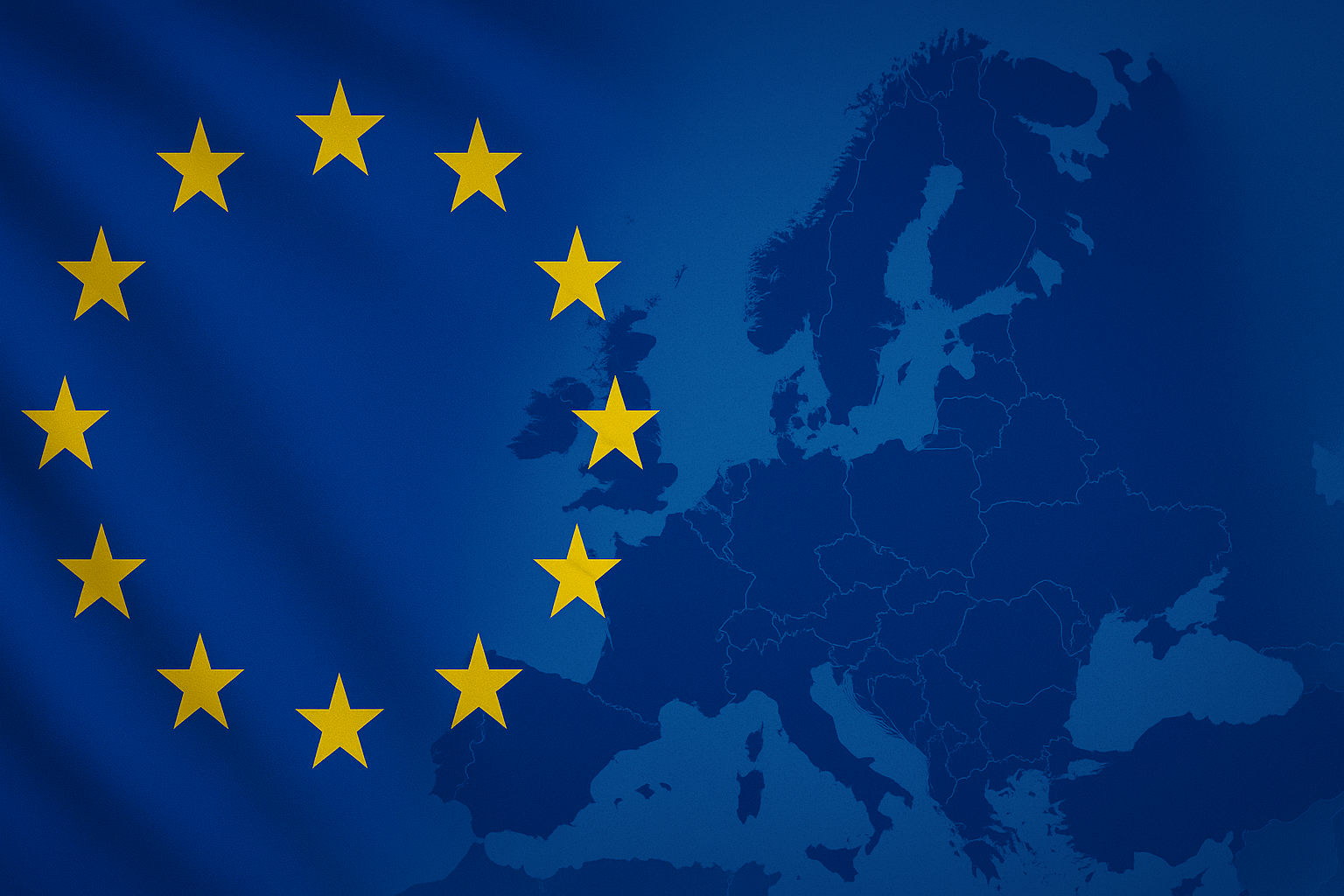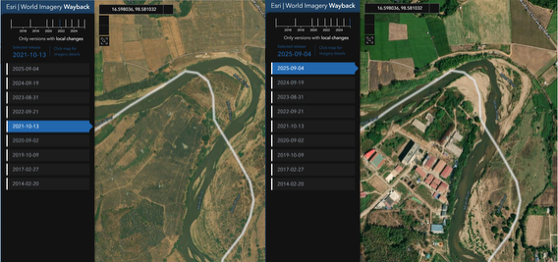Our industry has long recognized “friction” as one of the dirtiest words in banking. Its connotation suggests a thick fog of failed logins, dropped online sessions, incomplete transactions, lost revenue, reduced engagement, plummeting new account conversions, and an overwhelming sense of dysfunction. We treat friction as a measure of failure, a KPI of unrealized potential, and a brand of attrition.
But is it always? Does it have to be? Are we making this too binary? Can we not find a glimmer of success in the failure to complete a digital banking task?
I’d challenge us to push back on the stereotype of friction as some cardinal sin. If we can precisely apply targeted friction (spoiler: We can), that is a science we ought to embrace.
I always like to tell my colleagues and clients that fraud operations isn’t a cost center. It’s something more akin to a place where the nuanced accounting term “contra liability” emerges. Fraud in this light isn’t about losses. It’s the art of the successful prevention of those losses. And this is where friction is a gift.
So, what if there were benefits to friction? What if we could demonstrate how friction adds value, helps to retain customers, and increases brand affinity?
A recent Notre Dame study found those institutions most successful at mitigating fraud were the same institutions whose customers felt most confident in their bank as the custodian of their hard-earned money.
In a supportive document, a March 2025 paper reveals banks consistently able to identify and address the fraud event (with that precise, targeted friction!) can actually reduce customer attrition by as much as 60%. Yes, that’s the dirty word of friction not chasing bank customers into the open arms of frictionless competitors but instead actually helping financial institutions to retain those customers.
“Intuitively,” paper co-author Vamsi K. Kanuri writes, “we might expect that any instance of fraud would harm the relationship between a customer and their bank, even if the case was resolved. After all, fraud is a serious violation of trust, and you would think it would automatically push customers closer to the exit. Yet we show the opposite in cases of correct attribution: Not only do customers stay, but they also display higher levels of loyalty than those untouched by fraud. This is a real-world demonstration of the service recovery paradox, where effective handling of a failure can make customers more loyal than if no problem had occurred.”
So, customer behavior is directly correlated to the perceived competence of an institution in their ability to protect their customer. This is known as the service recovery paradox. It suggests consumers are well aware of how vulnerable they are, and they value relationships that validate their decision to bank with a trusted brand. That validation, however, doesn’t occur until bad things start to happen, giving the bank an opportunity to successfully respond and win more of their customer’s trust.
Enter the friction element. We can look at this through a few different lenses: A transaction decline, a forced password reset, a pop-up notification warning the customer the transaction they’re attempting to make looks scammy. Especially with a reinforcing (legitimate) call from the bank to raise the customer’s faith in that institution’s fraud mitigation capabilities.
In this light, the worst thing a consumer might experience is no friction at all. If the scammer succeeds, the consumer loses their money, and the financial institution is none-the-wiser, the customer loses confidence in their bank, the institution’s reputation suffers, and blame attrition occurs. A new report from PYMNTS Intelligence finds that 42% of those who fall victim to scams consider changing to a new bank, and 19% of those victims actually do so.
Proven fraud reduction remains the most transparent and reliable way to build a business case for the acquisition of new anti-fraud technology. But given what we’ve just discussed, I’d challenge us to also consider the reputational and customer-retention benefits of these novel technologies, and see targeted, right-sized friction leveraged as KPI metrics and a necessary component of a successful operation.
Of course, just applying more friction willy-nilly isn’t going to work. Friction must be precise to yield these results, keeping false positive rates low and fraud capture rates high. But I’m willing to bet if you’ve read this far, you might already be considering how to begin these measurements at home, if you aren’t already. If you are, you now have evidence in support of your aspirations.
Here are actionable ways banks can apply targeted friction:
- Transaction-level interventions: Decline suspicious transactions (monetary and n on-monetary) while alerting customers proactively. Pair automated alerts with a follow-up call or secure message to demonstrate care and oversight.
- Authentication and verification: Use behavioral intelligence or adaptive authentication to trigger friction only when risk is detected and at thresholds agreed upon with business partners, keeping false positives and alert/decline rates low and minimizing unnecessary interruptions.
- Measure and track impact: Monitor KPIs such as fraud prevented, false positive rate, customer retention post-event, and customer satisfaction scores. This turns friction into a measurable business advantage.
- Communicate the value: Educate customers that security measures are designed for their protection. Highlight how successful prevention strengthens trust and loyalty.
- Authentication and verification: Demonstrate transparency both around the factors that led to the fraud event and how the bank’s system intervened in the transaction. This should demonstrate the sophistication and competence of the institution’s analytics but should still obscure any more technical details of exactly how the bank recognized and stopped the event, so as not to unintentionally educated any bad actors looking to improve their next attack.
Gallup finds Americans today worry more about falling victim to a scam than they do any other crime except identity theft. In this environment — where we all worry not only for our own financial wellbeing but also (or especially) that of our less sophisticated and more vulnerable loved ones — the value of targeted friction seems undeniable.
We all want to stay safe, but for those of us who work in this space, protecting consumers is our mission and what brought us to this field in the first place. The right friction, applied thoughtfully, is our proof point.
Take that to your next review with your business partners. And feel free to conference me in.



